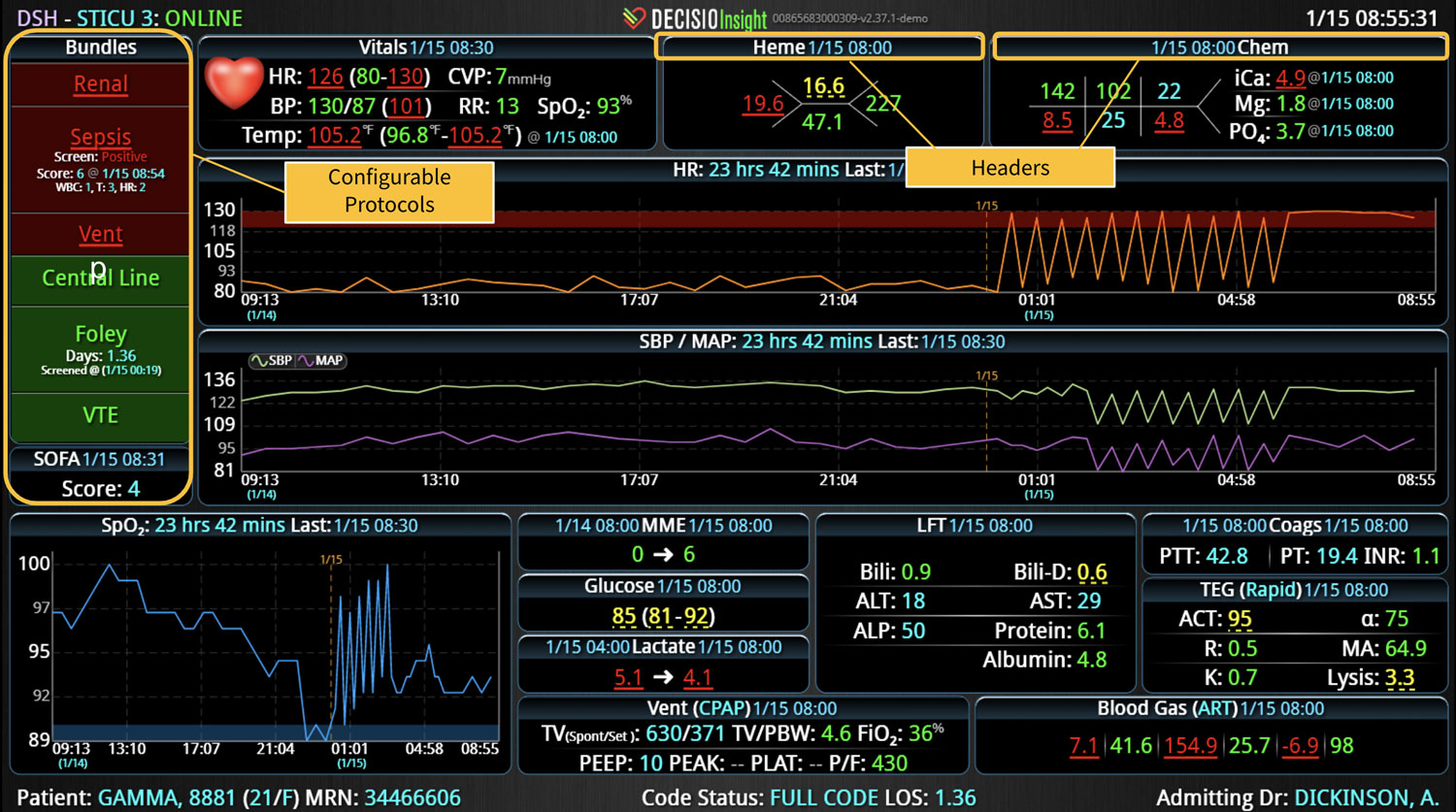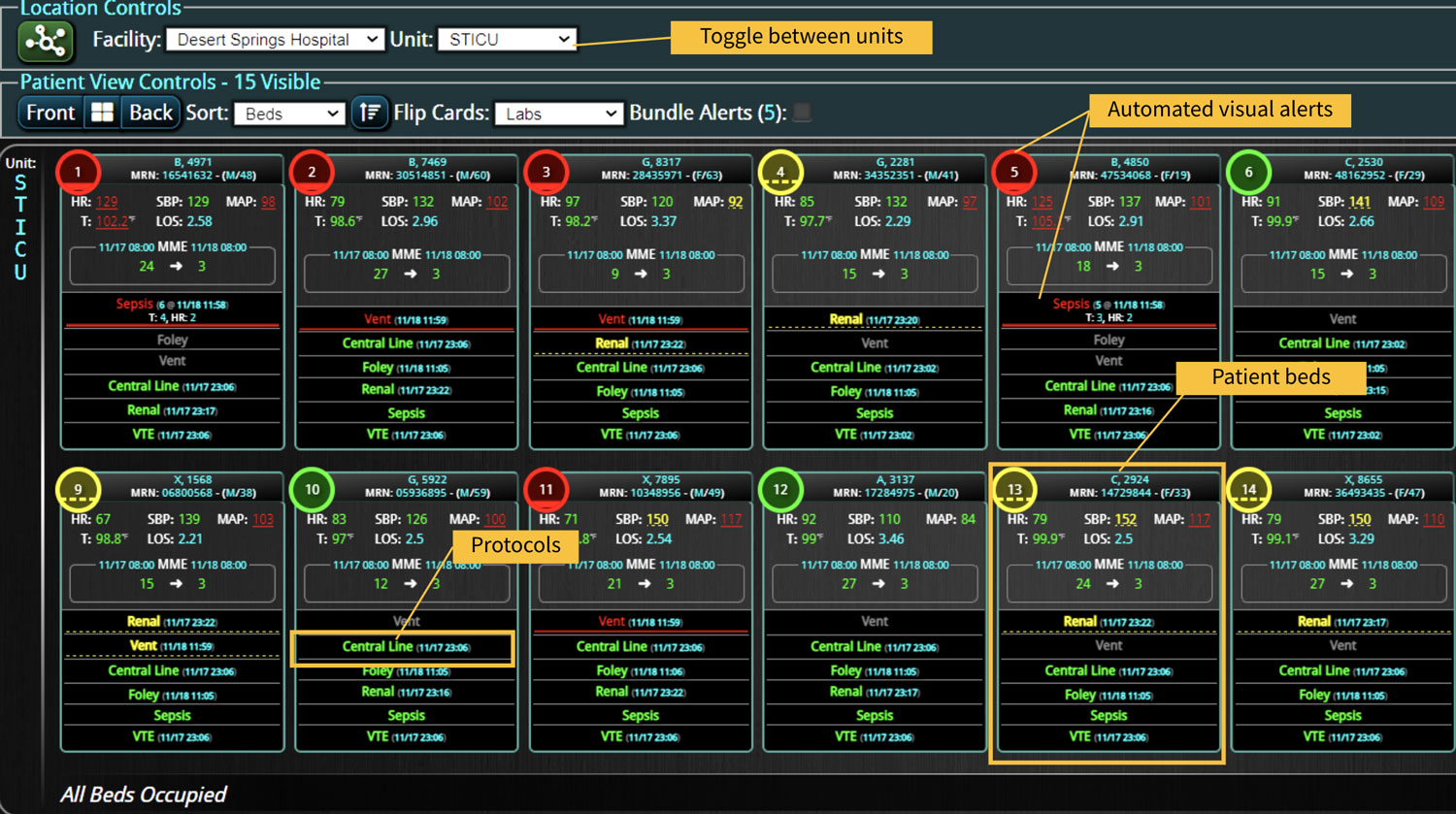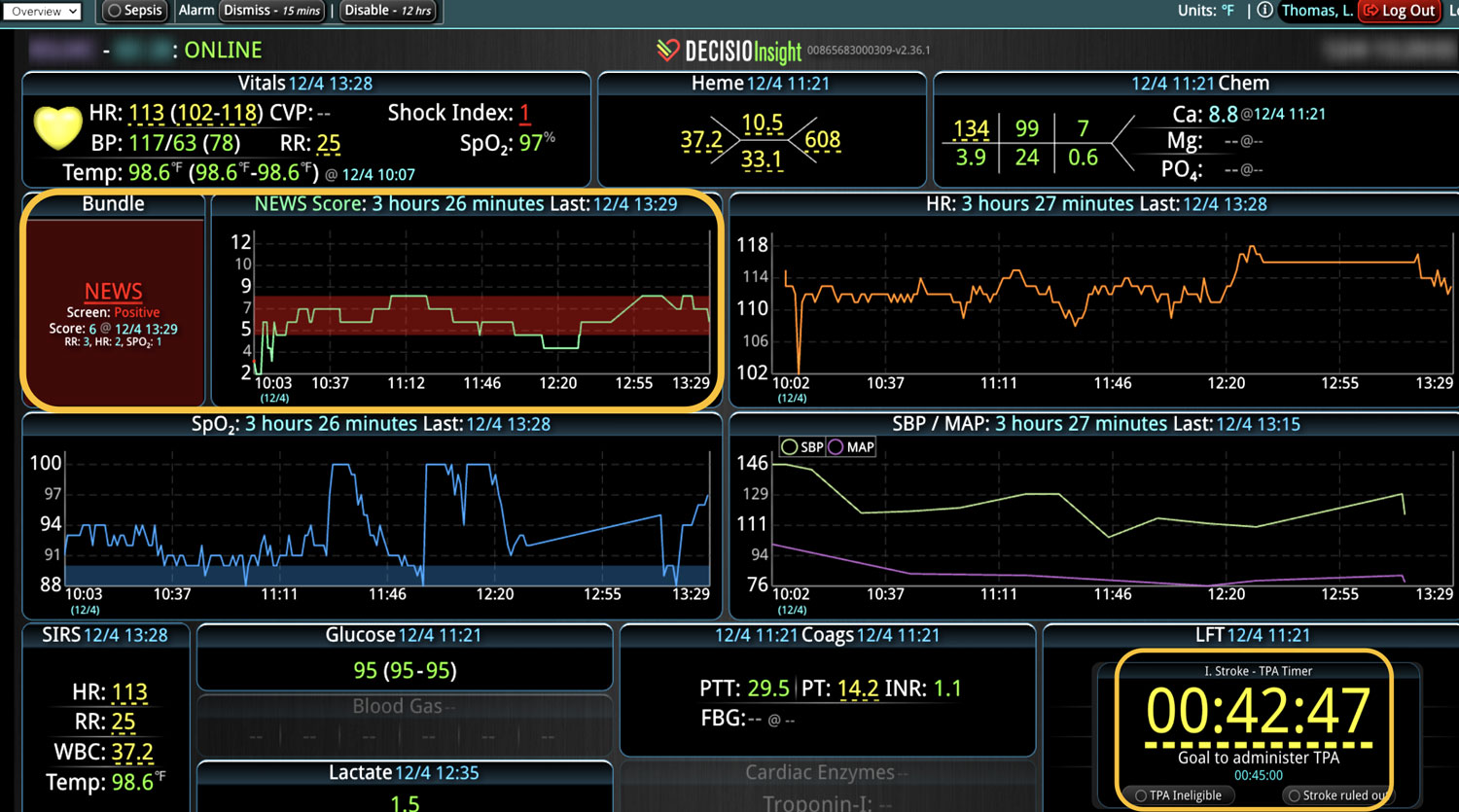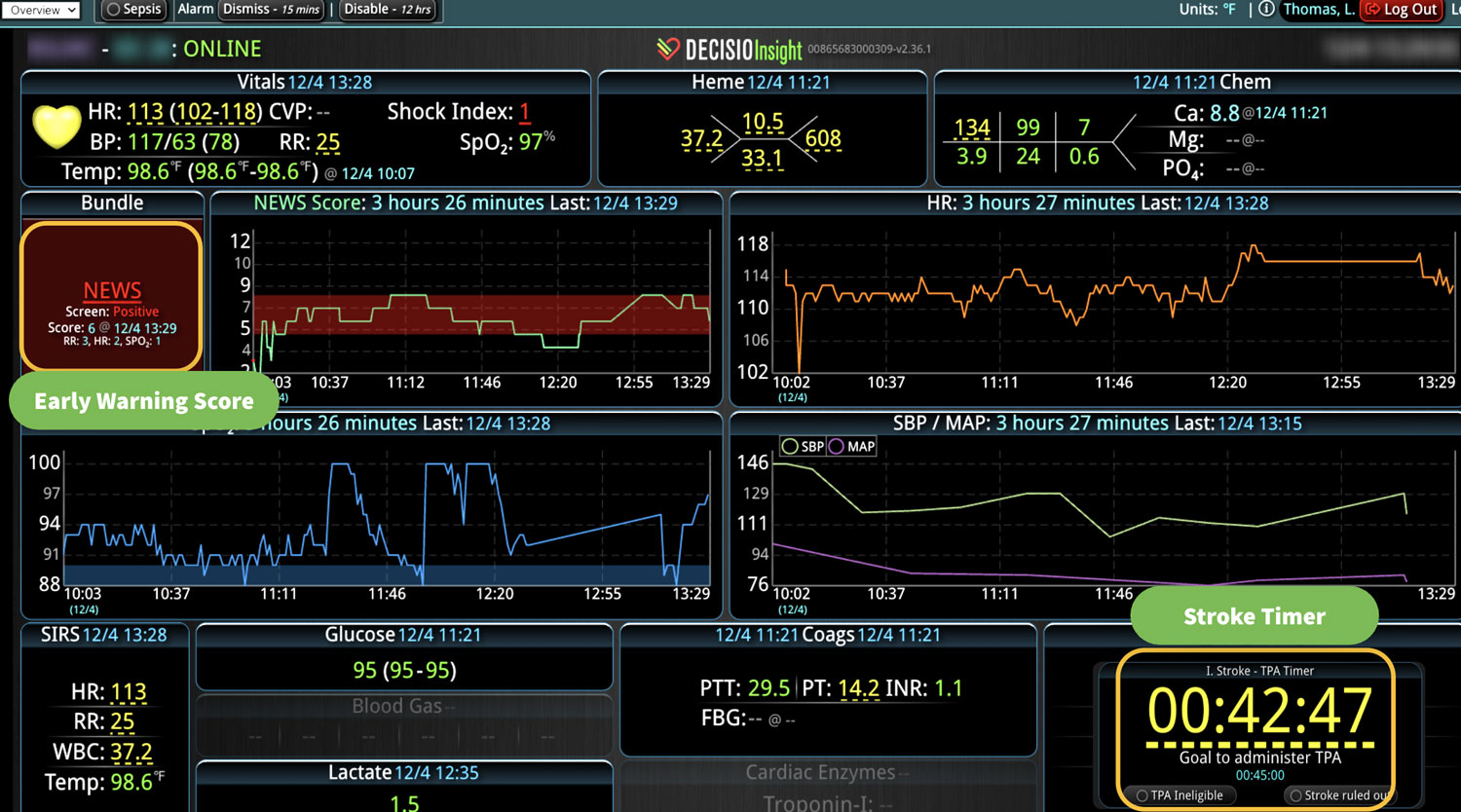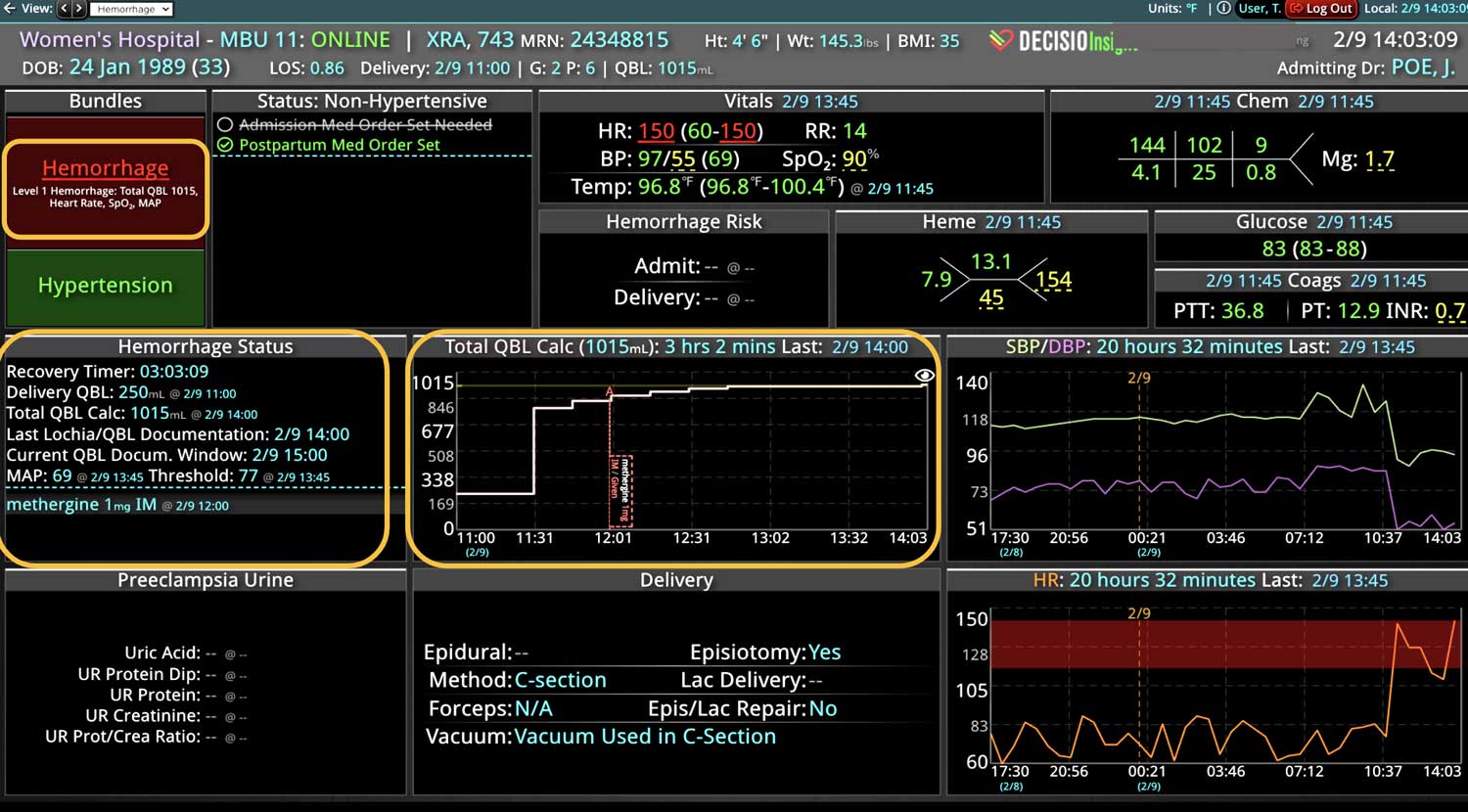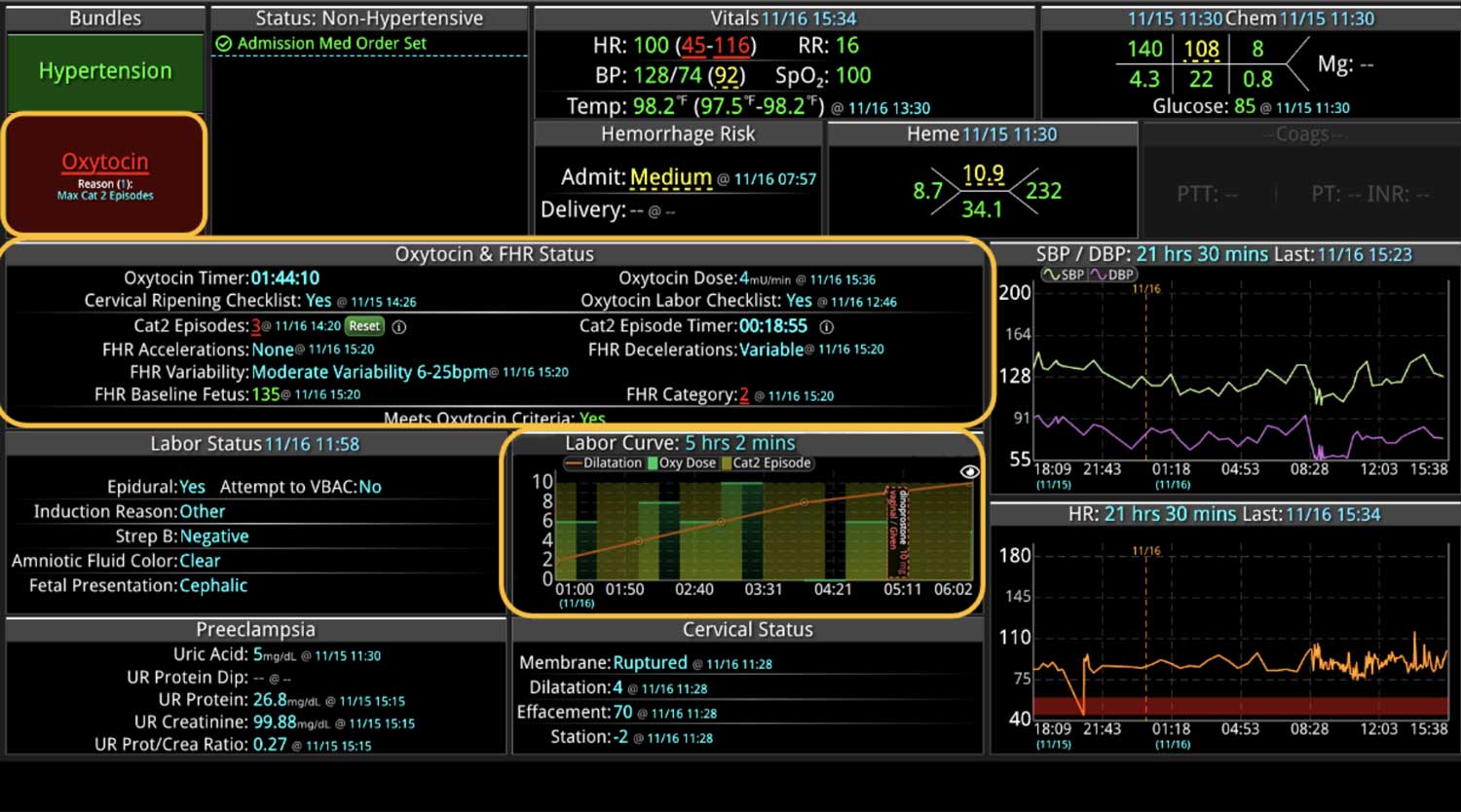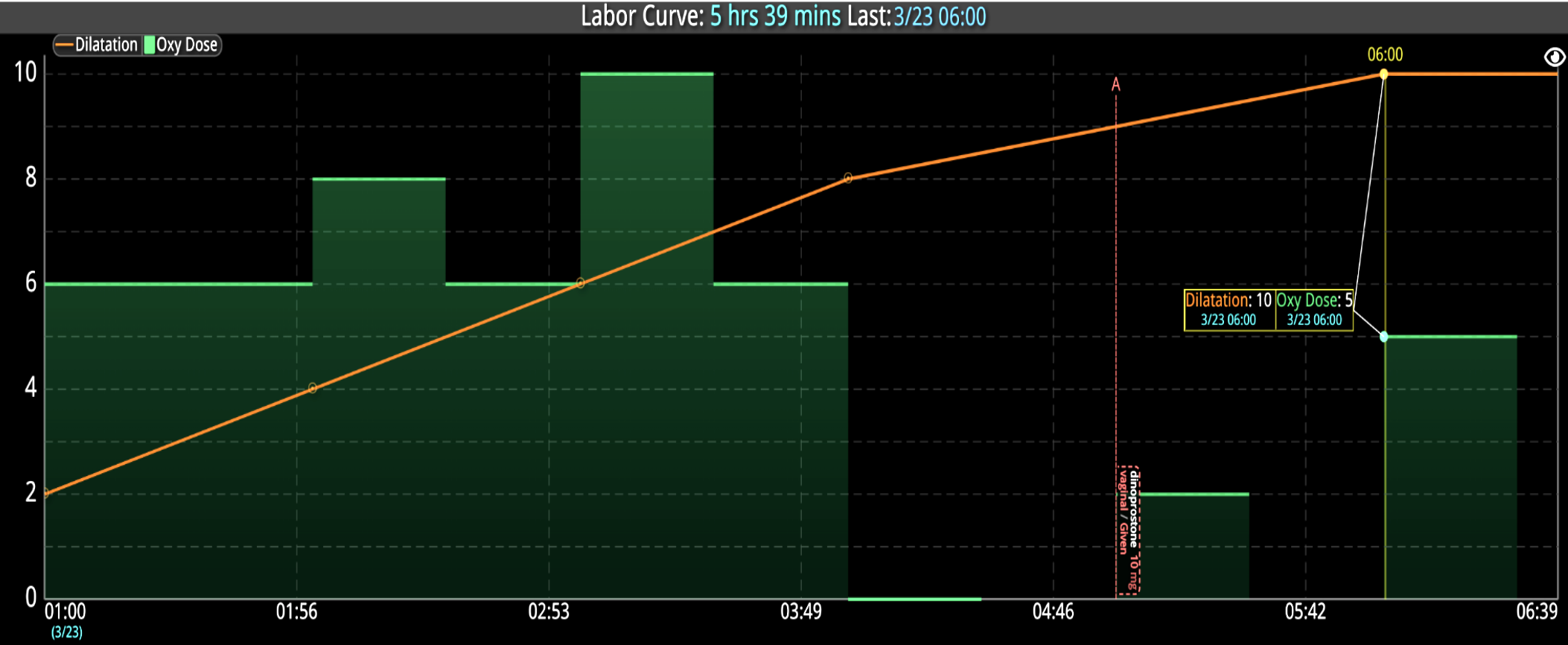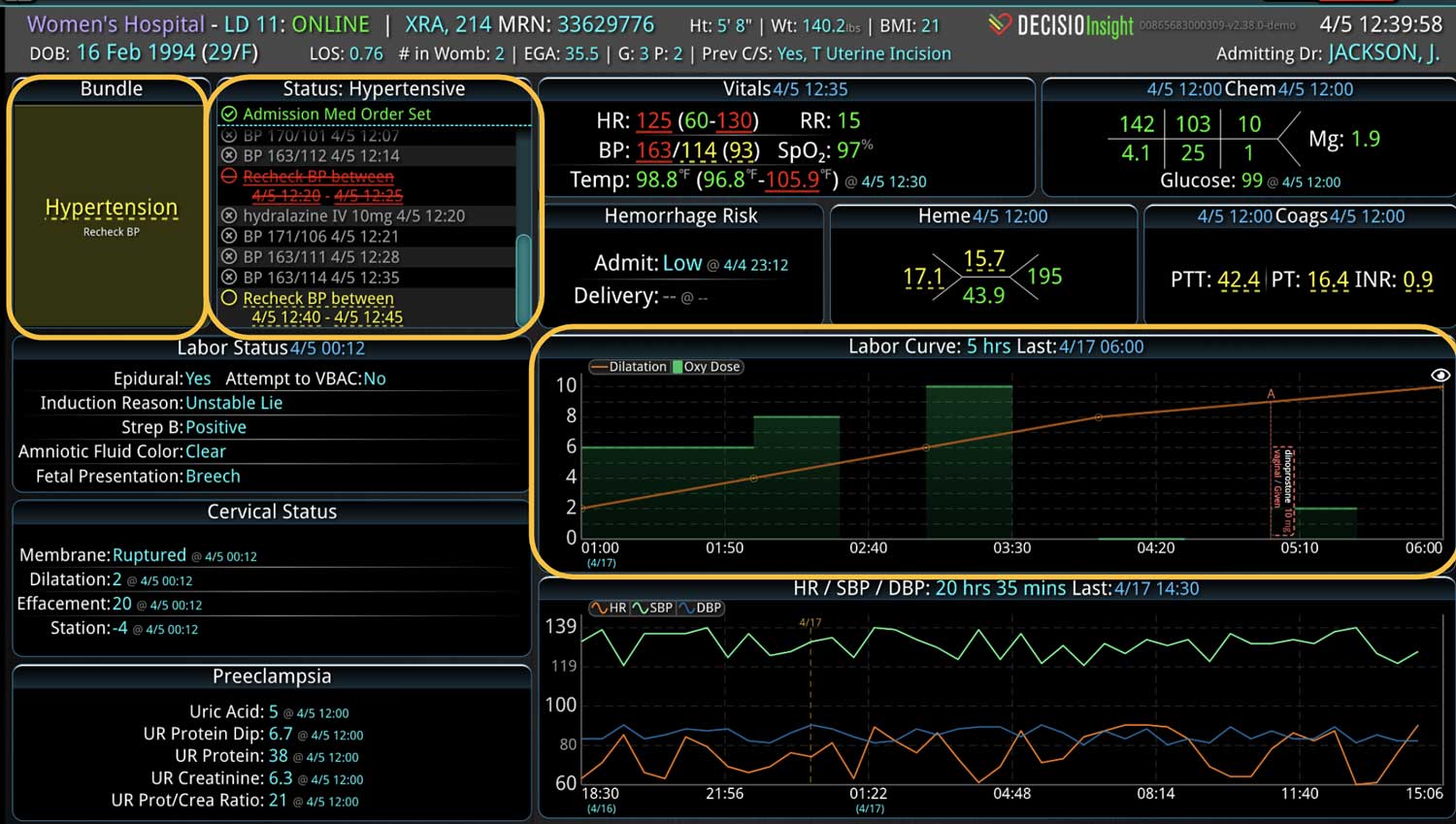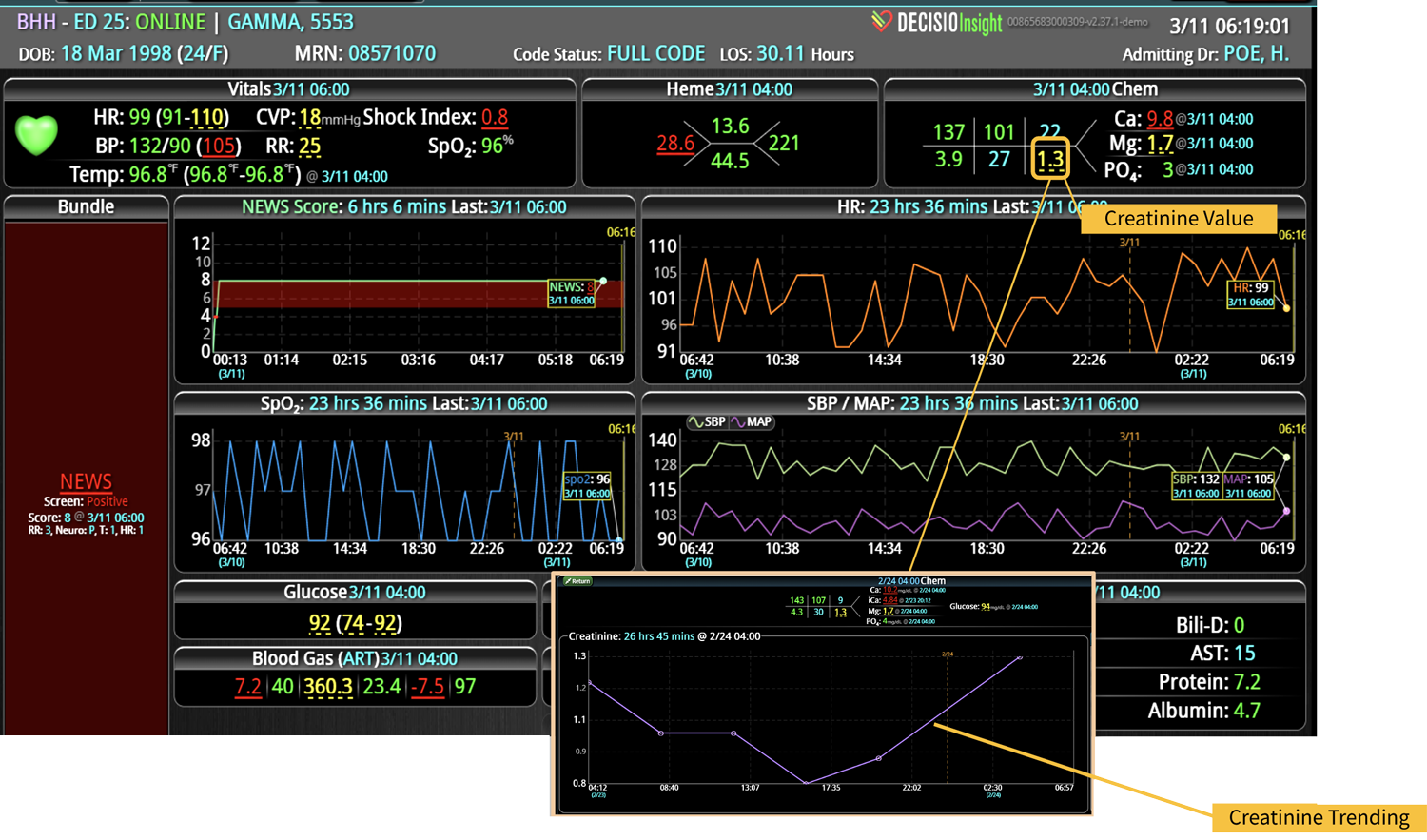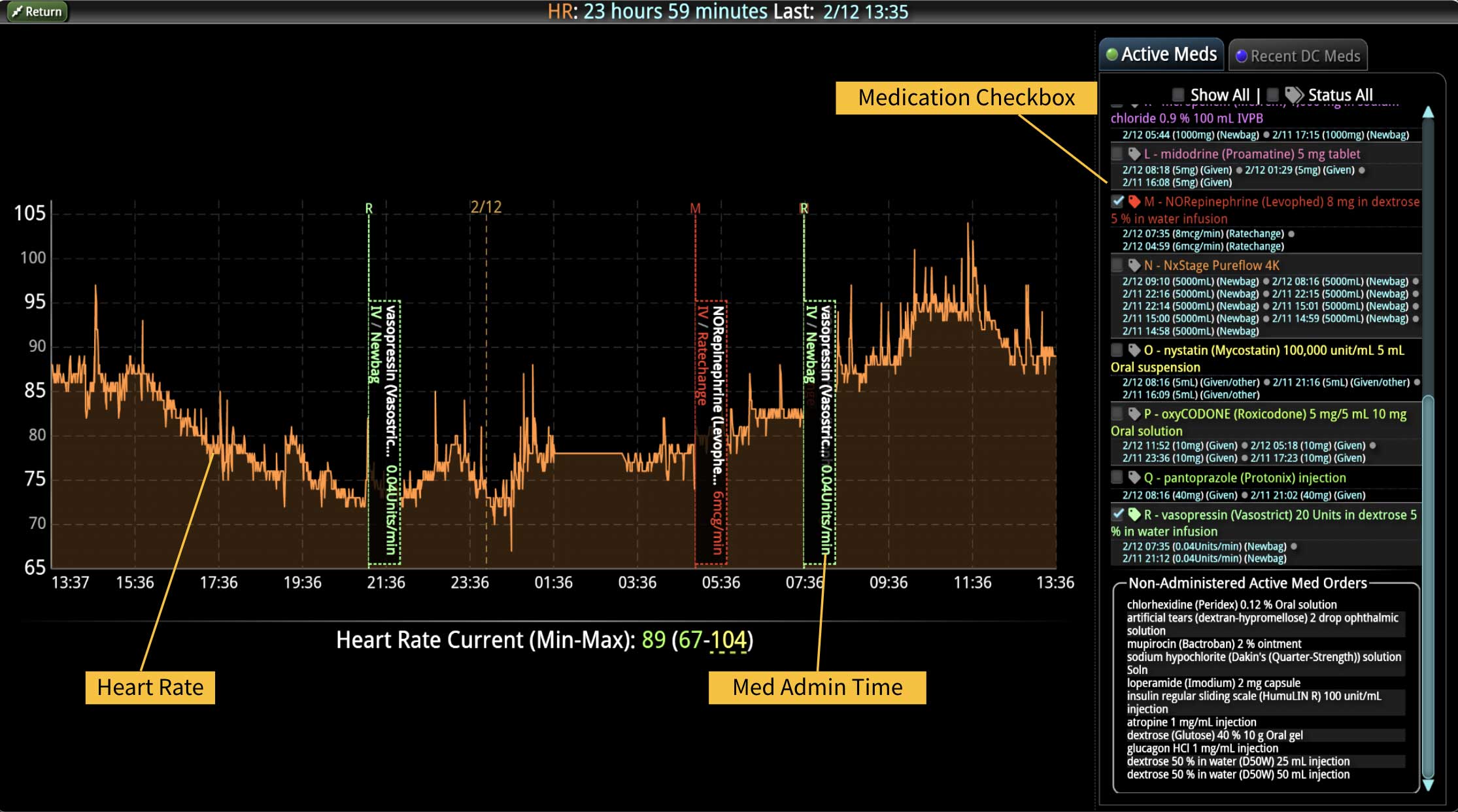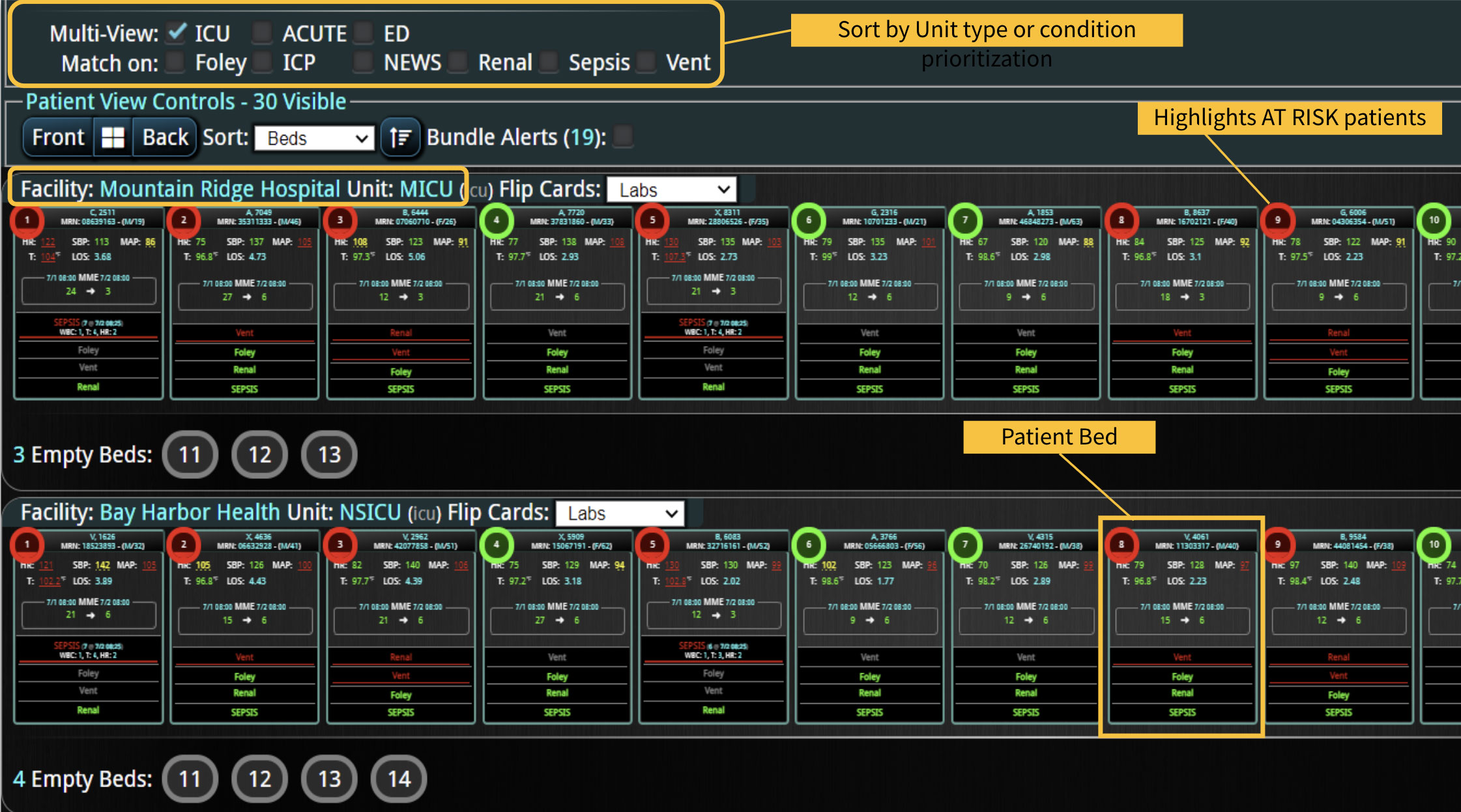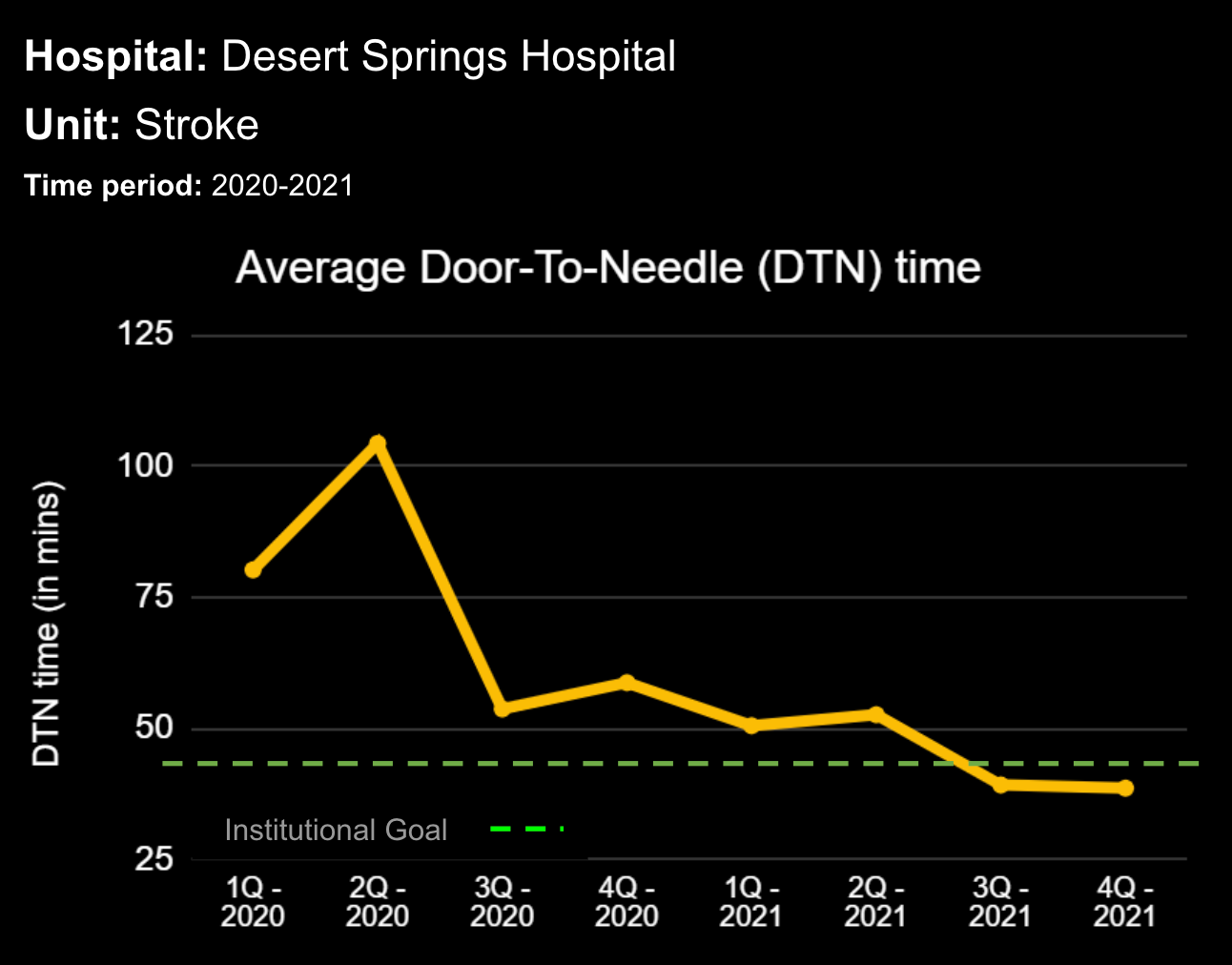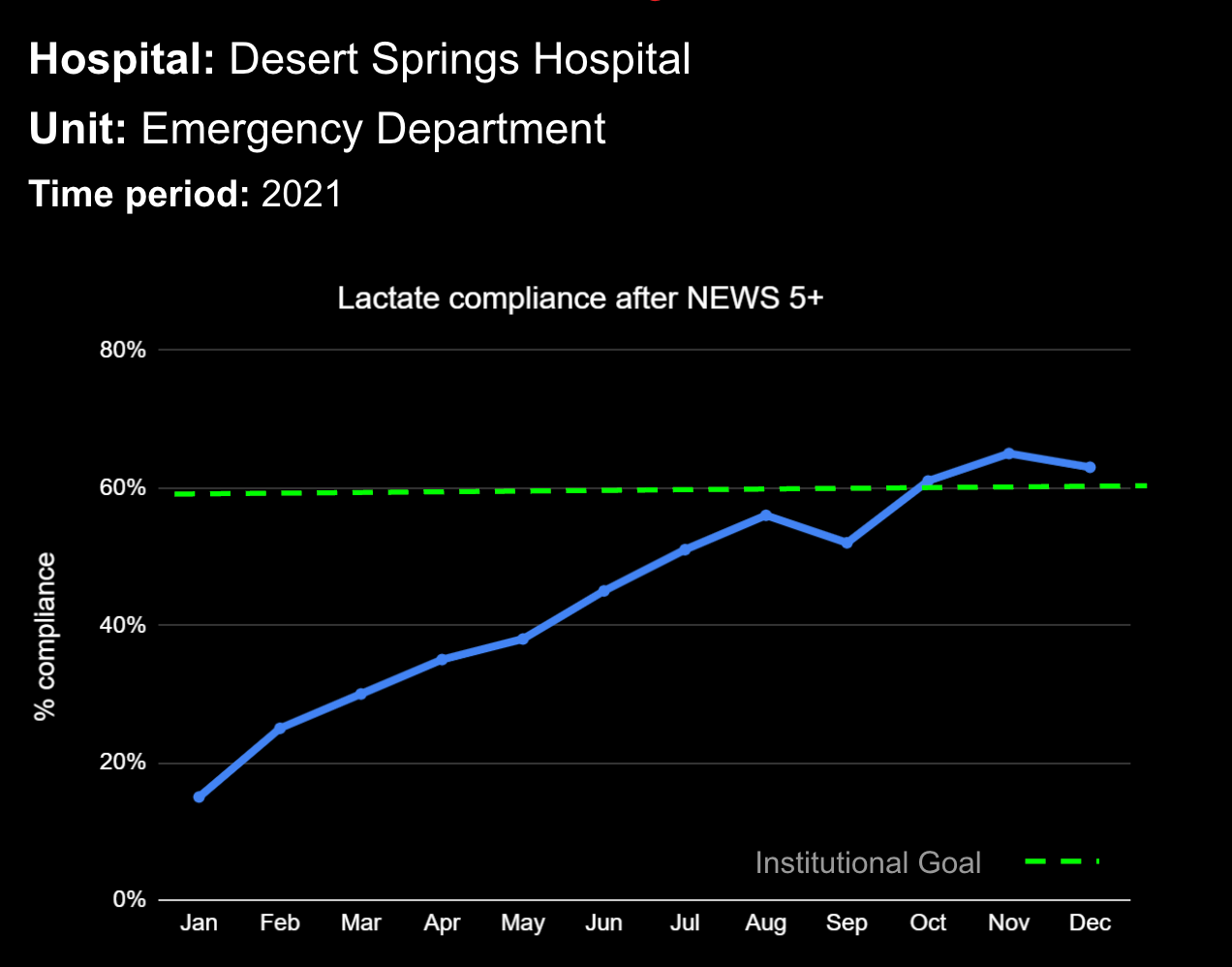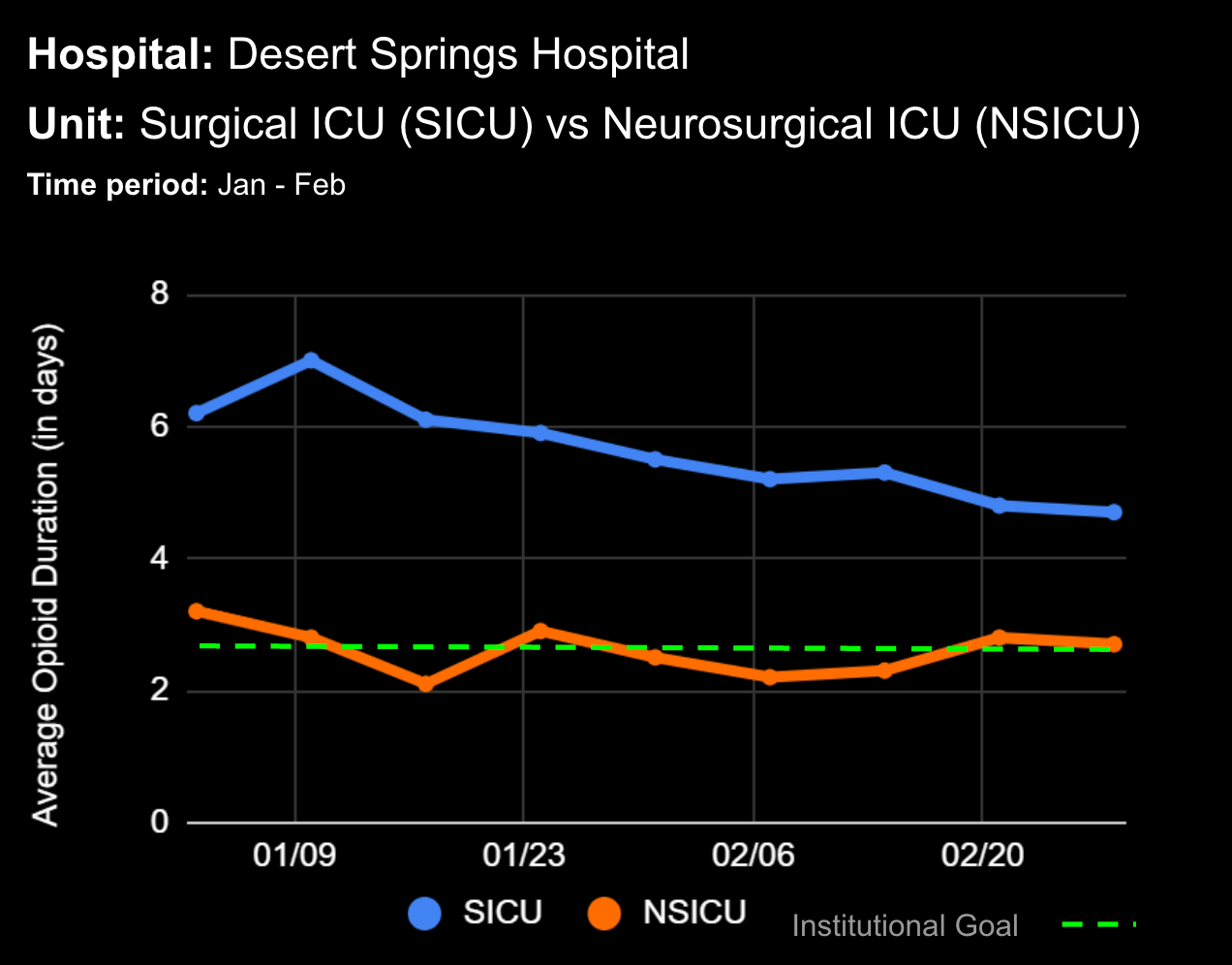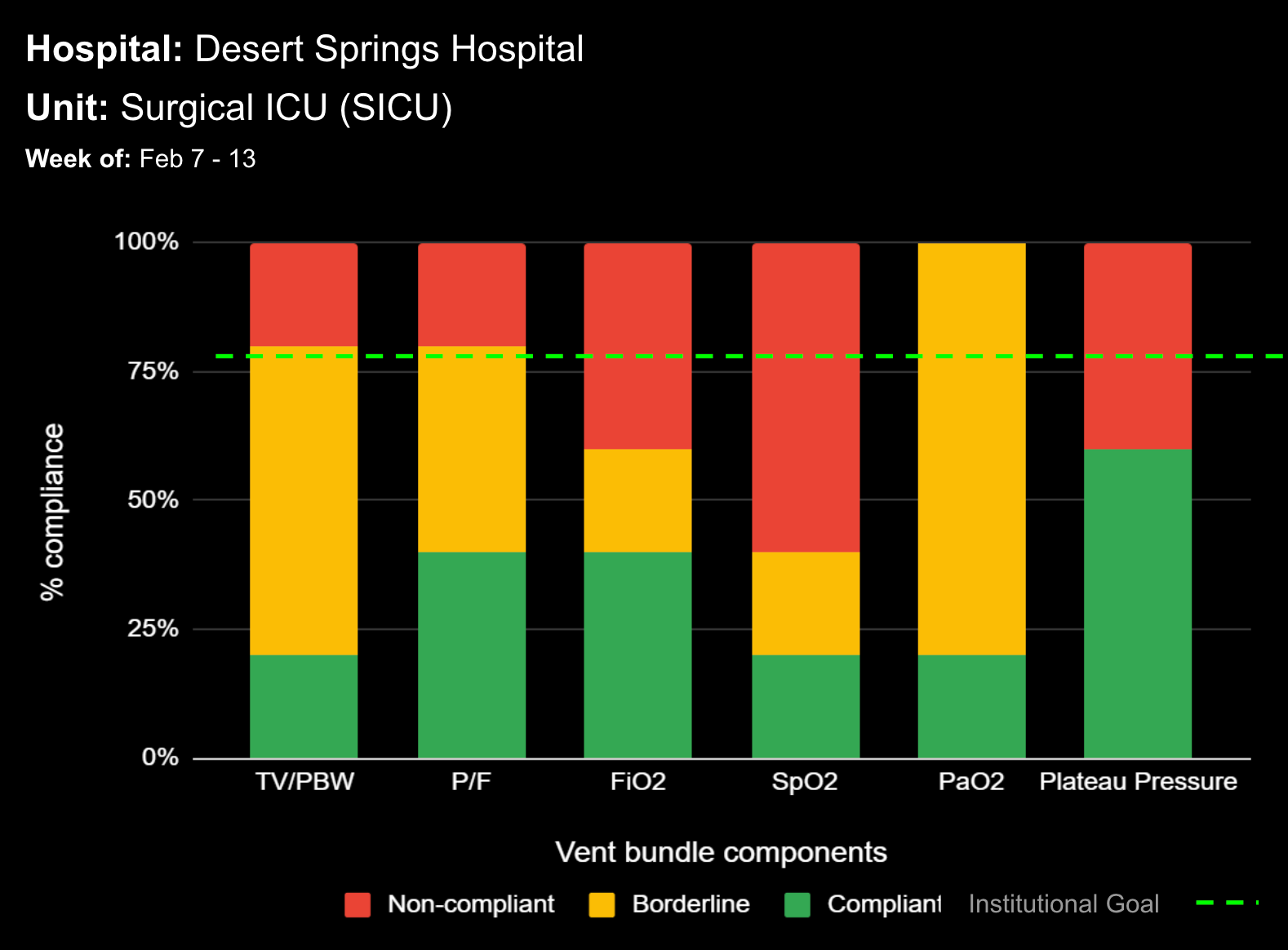
21 May Transforming Stroke Care in the Emergency Department: A Game-Changing Solution

Transforming Stroke Care in the Emergency Department: A Game-Changing Solution
Every 40 seconds, someone in the United States suffers a stroke, making it one of the leading causes of serious long-term disability and death in the country. With more than 800,000 strokes occurring annually, the urgency for effective and efficient emergency care cannot be overstated. The difference between a full recovery and severe, lasting consequences often hinges on the time to intervention—specifically, the time from hospital arrival to the administration of critical medications.1
The Critical Window: First 60 Minutes
Research has shown that administering treatment within the first 60 minutes of a stroke can dramatically reduce the risk of disability. This period, often referred to as the “golden hour,” is crucial for the administration of thrombolytic drugs that can dissolve the blood clot causing the stroke. Unfortunately, achieving this has been a persistent challenge in many emergency departments across the nation.
Enhancing Emergency Response
To address this challenge, our innovative solution has been designed to seamlessly enhance existing workflows in emergency departments, particularly for the treatment of acute ischemic strokes. By integrating advanced third-party software systems, we provide a streamlined process that supports rapid decision-making and treatment administration.
Impactful Results
This solution has helped the clinical team yield profound improvements in stroke treatment metrics:
- 54% Reduction in Door-to-Needle (DTN) Time: We have successfully decreased the average DTN time from 84 minutes to an impressive 39 minutes.2
- 300% Increase in Rapid Treatment: The rate of patients receiving thrombolytic medications within 45 minutes has tripled, significantly enhancing the potential for positive outcomes. More specifically, the proportion of patients receiving tPA within 45 minutes improved from 27.3% to 83.3%.2
How It Works
Our solution optimizes various aspects of the stroke treatment protocol:
- Rapid Action: Quick identification and prioritization of stroke patients upon arrival.
- Seamless Integration: Works with existing hospital systems to ensure information flows quickly and accurately between departments.
- Decision Support Tools: Provides clinicians with real-time, evidence-based guidelines to facilitate quick and informed decision-making.
- Continuous Monitoring and Feedback: Tracks performance and outcomes to identify areas for further improvement.

Saving Lives and Preventing Disability
By lowering door-to-needle times, our solution not only helps hospitals improve patient lives and patient outcomes but also empowers clinicians with simple yet impactful tools that enhance their ability to treat acute ischemic stroke patients effectively. Most importantly, it significantly betters patient prognosis, helping to save lives and prevent disabilities from one of the nation’s leading causes of death and disability.
As the statistics reveal, nearly three-quarters of all strokes occur in individuals over the age of 65, with the risk doubling every decade after age 55. This makes our advancements not just beneficial but essential for a significant segment of the population.1
Conclusion
Stroke care has long been a race against time. Our solution enhances this critical aspect of emergency medicine by ensuring that life-saving treatments are administered as quickly and efficiently as possible. In doing so, we are not just helping to improve outcomes—we are transforming the landscape of stroke recovery. Through collaboration and technological innovation, we are setting new standards in emergency care, making rapid treatment a reality for stroke patients and offering them a better chance at recovery..
In the fight against stroke, every second counts. Our solution helps to ensure that every second is optimized, making a tangible difference in the lives of patients and their families.
Sources:
1American Heart Association Statistics Committee and Stroke Statistics Subcommittee. (2013). Heart disease and stroke statistics – 2013 update: a report from the American Heart Association. Circulation, 127, e6-e245.
2Rao C, et. al. Computerized Clinical Decision Support System Improves Door-To-Needle Time for Acute Ischemic Stroke. Poster ESO Conference; Lyon, France 2022.
Learn more About How we help clinicians improve patient outcomes
Schedule a call with our team to discuss how we are helping our clients revolutionize how clinicians manage patient interventions.





